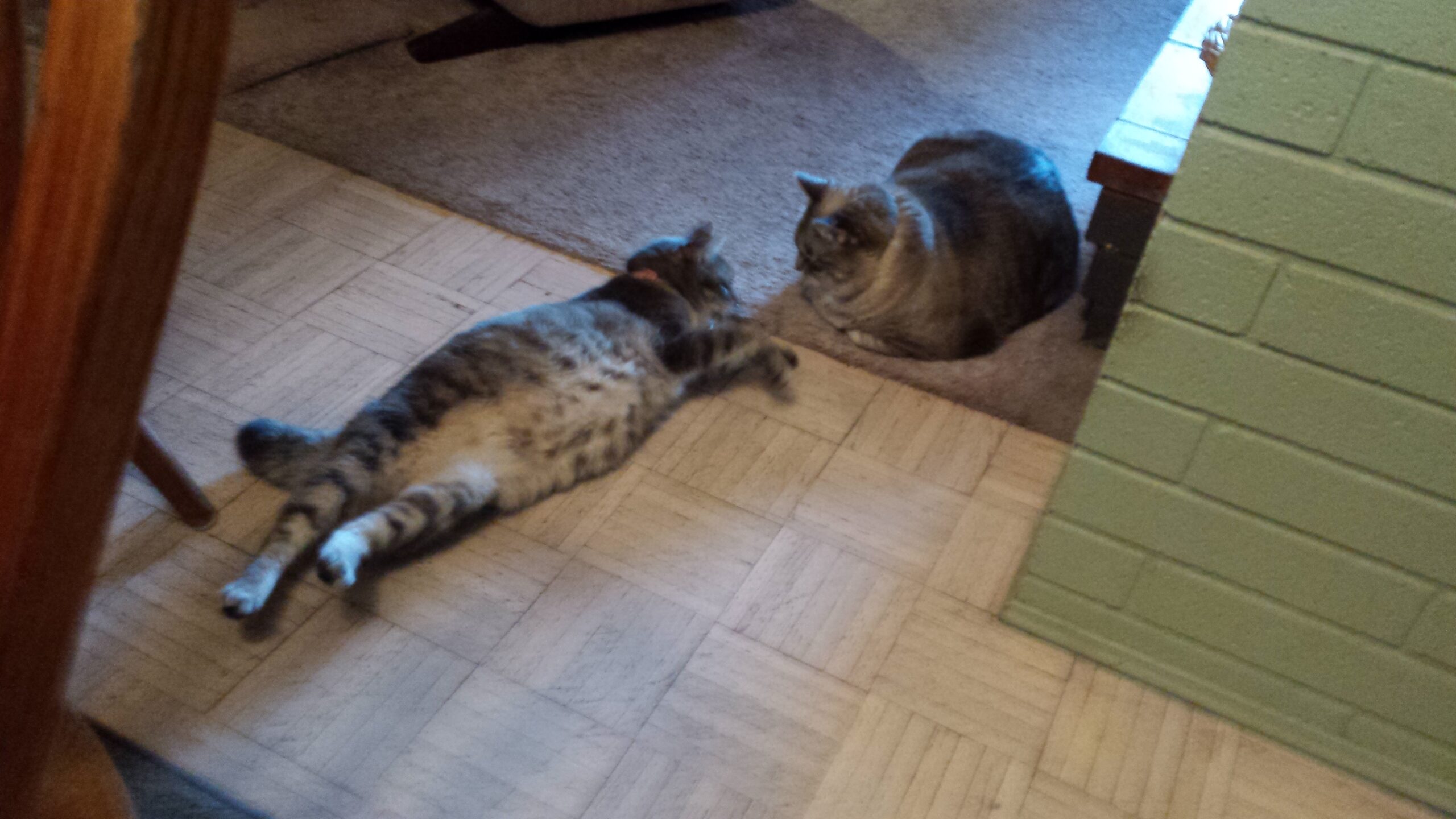
These days, when we say “writing,” we mostly mean typing. Cue all the yellow pad holdouts!
Writing Tip for Today: Today’s post will be a little shorter than usual. My eighty-nine-year-old mom has just entered hospice and so my attention may be a little distracted over the next weeks to months. Meanwhile, let’s discuss how computers have impacted “writing.”
From Dot Matrix to Cell Phones
We’ve come a long way, baby. In the early nineties, I started writing again for publication. I had a Royal Selectric typewriter and I also ran a daycare from my home (I had four littles and childcare was too expensive for me to work outside the home). Each day, during “nap time,” I’d haul out the Beast (typewriter) and plunk it onto my stove top, the better to watch my charges sleeping around the corner.
For around ninety minutes I pecked away, trying to master the writing craft. I sometimes made more progress composing than typing (still am a fairly lousy typist). On one occasion, I sent in a poem about how I’d mistakenly submitted a poem with a glaring typo. Instead of “super mom,” I’d typed “suer mom.”
The publication rejected the poem (I suggested I could join the popular cartoon about the Ninja Turtles), but the editors wrote a note saying they laughed pretty hard at my foible. That sort of side-eye encouragement kept my inspiration lit and my fingers fumbling across the keys.
Printers are Evil
Then computers started taking over the world. We didn’t have much of an internet but we had dot matrix printing, complete with sessions of tearing off the side guide holes and separating the pages. It was hard work! Plus, no fancy fonts—every document looked like it was printed from a teletype machine (remember those?).
The progression to ink jet printing was quick but not always easy. Rich writers had laser printers but the rest of us tried to keep the paper from jamming. We learned to use 12 point Times New Roman fonts and to double space our work. We left one-inch margins all around and headed the first page with the title, our contact info and what “rights” we were seeking to sell.
In those days, the word count feature wasn’t available on every program, so we learned to count words to a page, aiming for 250 words/page. We dutifully printed our submissions but still had to snail mail our stuff. In addition to knowing the right amount of postage for a submission, we also learned that if we wanted a response, we’d better include a “sase,” the self-addressed stamped #10 envelope that more often than not, delivered our rejection notices.

Twenty-first Century Typer/writers
Since the mid-2000s, most submissions are sent electronically. We query, respectfully ask for status of our stuff (after a decent amount of time—look at a publication/publisher’s guidelines!) and generally track our progress on computer spreadsheets. We use resources such as Scrivener. Instead of bulky writer’s market guides, we access info online.
Nowadays, most writers use a Word program, which offers tools and features to help with grammar, spelling and formatting. I still refer to E.B. White’s The Elements of Style and Stephen King’s On Writing– these help you master your craft. Never rely on SpellCheck alone. Your homophones will thank you.
So much has changed. We still type out our work in 12 point type (I still use Times New Roman font, double-spaced). We insert page numbers, headers and footers and check our copy for typos. And yet writing is still an art and craft that fuels our imaginations and helps us create entire worlds. Even if you still write longhand on a legal pad, at some point either you or someone else must type up the words. Writing these days is mostly typing, but what you type makes all the difference. Keep Writing!





Hello again Linda,
The 1990 till now you have been working hard.
You have been raising children and working on your writing and more. I do admire your your desire and consistency. I did like your today post. Thank you for sharing it with us.
I have a question do you have 30 minutes or one hour every or every other week to help me to write a short story . In my last request I was not specifica on the time.
Thank you
Mohammad
Hi Mohammed,
I’ll be happy to help you after my mom passes. Right now I am hectic making arrangements and visiting her. Meanwhile, send a short story to my email: lindasclare (at) gmail (dot) com. The rate is $75.00 US for one hour.
Thanks and keep writing!
Linda